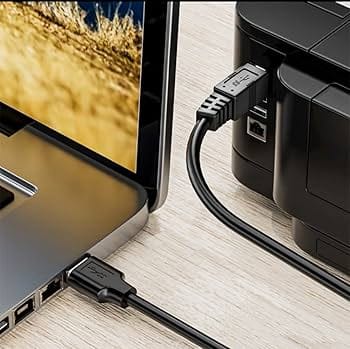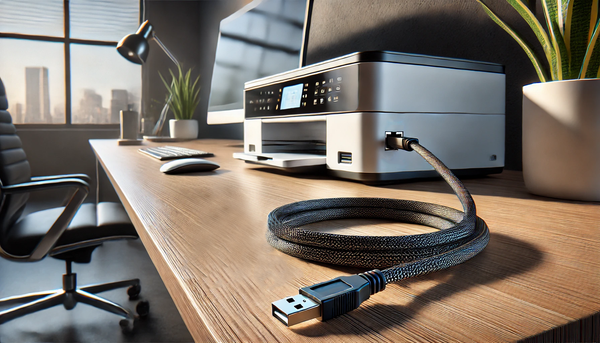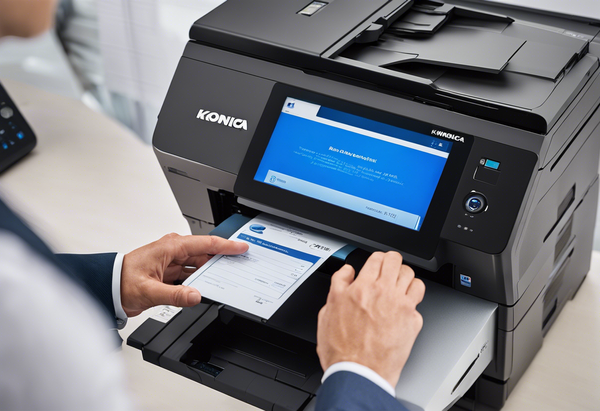The Future of Cost Savings: Leveraging IoT Analytics for Asset Performance Analysis

The integration of IoT, or the Internet of Things, analytics into asset performance management improves the efficiency of assets but also provides valuable insights that can lead to significant cost savings. By 2030, the number of connected IoT devices will reach 15.9 billion as forecasted.
This article explores the future of cost savings through IoT analytics for asset performance analysis, detailing the benefits, implementation strategies, and potential challenges.
Understanding IoT Analytics
IoT analytics involves the collection, processing, and analysis of data generated by connected devices. These devices, equipped with sensors and software, collect real-time data on various parameters such as temperature, pressure, vibration, and more. This data is then transmitted to centralized systems, where it is analyzed to provide actionable insights.
IoT plays a crucial role in asset management by enabling continuous monitoring and analysis of asset performance. Traditional asset management relied on periodic inspections and maintenance schedules, often leading to inefficiencies and unexpected downtimes. IoT, on the other hand, allows for real-time monitoring, predictive maintenance, and optimization of asset utilization.
Benefits of Leveraging IoT Analytics for Asset Performance
Predictive Maintenance
One of the most significant advantages of IoT analytics is predictive maintenance. By analyzing data from sensors, IoT systems can predict when an asset is likely to fail and schedule maintenance before a breakdown occurs. This proactive approach reduces downtime and maintenance costs, leading to significant cost savings.
Enhanced Operational Efficiency
IoT analytics provide detailed insights into the performance of assets. By monitoring parameters such as energy consumption, utilization rates, and operational efficiency, businesses can identify areas for improvement. Optimizing these aspects leads to more efficient operations and reduced operational costs.
Prolonged Asset Lifespan
Regular monitoring and timely maintenance extend the lifespan of assets. IoT analytics help identify wear and tear early, allowing for prompt interventions that prevent major damages. This not only reduces replacement costs but also ensures assets remain productive for longer periods.
Improved Decision-Making
Data-driven decision-making is a hallmark of IoT analytics. The insights derived from IoT data enable businesses to make informed decisions regarding asset management. Whether it's investing in new equipment, reallocating resources, or modifying maintenance schedules, data-backed decisions lead to better outcomes.
Implementation Strategies for IoT Analytics
Assessing Business Needs
Before implementing IoT analytics, it's essential to assess the specific needs of the business. Identify the key assets that would benefit from IoT monitoring and determine the parameters that need to be tracked. Understanding the business objectives will guide the implementation process.
Selecting the Right IoT Platform
Choosing the right IoT platform is critical for successful implementation. The platform should be scalable, secure, and capable of handling large volumes of data. Additionally, it should offer robust analytics tools that can provide meaningful insights.
Integrating with Existing Systems
Integration with existing systems is crucial for seamless operation. Ensure that the IoT platform can integrate with your current asset management systems, ERP, and other relevant software. This integration facilitates data flow and enables comprehensive analysis.
Ensuring Data Security
Data security is a paramount concern when dealing with IoT analytics. Implement strong security measures to protect sensitive data from cyber threats. Encryption, secure communication protocols, and regular security audits are essential to safeguarding data integrity.
Training and Support
Successful implementation of IoT analytics requires skilled personnel. Train your staff on how to use the IoT platform and interpret the data. When considering what is the best associate degree to get for entering the field of IoT and asset performance analysis, several options stand out. Degrees in Information Technology, Computer Science, or Electronics and Communication provide a solid foundation. Additionally, ensure ongoing support and updates to keep the system running smoothly.
You must ensure your staff is constantly learning and growing to get the most out of IoT data. Because you teach your workers how to use the IoT platform and understand data insights, your company will be ready to take advantage of all this technology's benefits.
Consider your company's needs and job goals when choosing the best associate degree to get. In IoT and asset performance analysis, programs that teach technical skills and good business sense can be beneficial.
Challenges in Implementing IoT Analytics
High Initial Costs
The initial investment in IoT analytics can be substantial. The cost of sensors, devices, and platforms may pose a barrier for some businesses. However, the long-term cost savings and efficiency gains often justify the initial expenditure.
Data Management
IoT generates vast amounts of data, which can be overwhelming to manage. Effective data management strategies, including data storage, processing, and analysis, are essential for deriving valuable insights.
Interoperability Issues
Integrating IoT devices from different manufacturers can lead to interoperability issues. Ensuring compatibility and seamless communication between devices is crucial for the success of IoT analytics.
Privacy Concerns
The collection and analysis of data raise privacy concerns, especially when dealing with sensitive information. Businesses must comply with data protection regulations and implement measures to protect user privacy.
The Future of IoT Analytics in Asset Performance
Advancements in AI and Machine Learning
The integration of AI and machine learning with IoT analytics will enhance the accuracy and efficiency of asset performance analysis. These technologies can identify complex patterns and predict failures with greater precision, further reducing maintenance costs and improving asset utilization.
Expansion of the IoT Ecosystem
The IoT ecosystem is continuously expanding, with more devices connected daily. This growth will lead to more comprehensive data collection, providing deeper insights into asset performance and enabling more effective optimization strategies.
Increased Adoption Across Industries
As the benefits of IoT analytics become more apparent, adoption across various industries is expected to increase. From agriculture to transportation, businesses will leverage IoT to enhance asset performance and achieve cost savings.
Development of Smart Infrastructure
The future will see the development of smart infrastructure, where IoT analytics play a central role. Smart cities, factories, and transportation systems will rely on IoT to optimize operations, improve efficiency, and reduce costs.
Conclusion
The future of cost savings lies in leveraging IoT analytics for asset performance analysis. By enabling predictive maintenance, enhancing operational efficiency, prolonging asset lifespan, and improving decision-making, IoT analytics offer substantial benefits. While challenges such as high initial costs and data management exist, the long-term advantages outweigh these hurdles. As technology advances and IoT adoption grows, businesses that embrace IoT analytics will be well-positioned to achieve significant cost savings and operational efficiencies.




